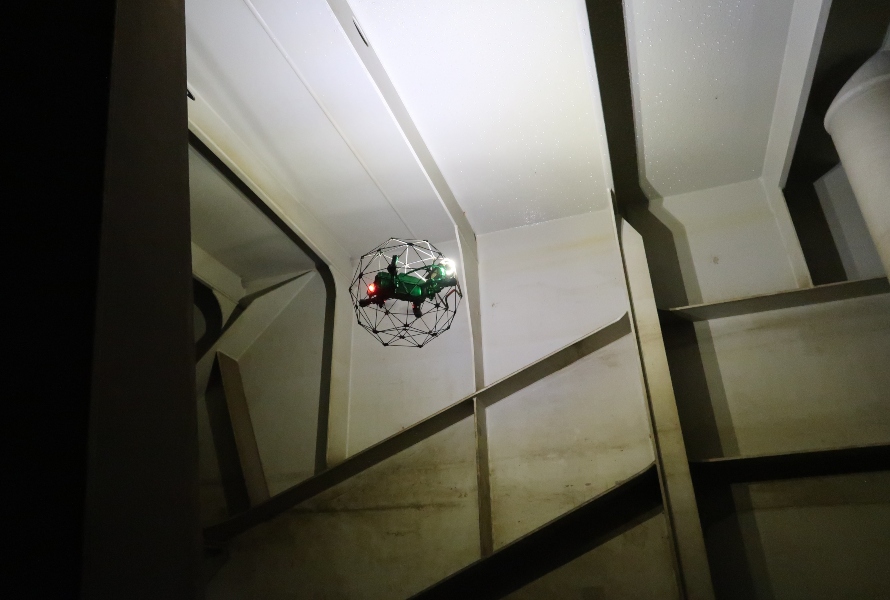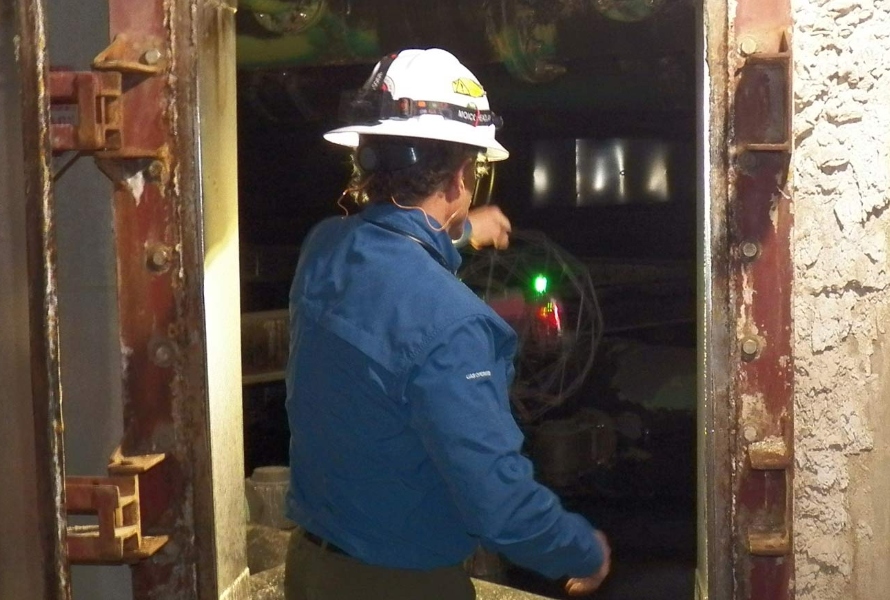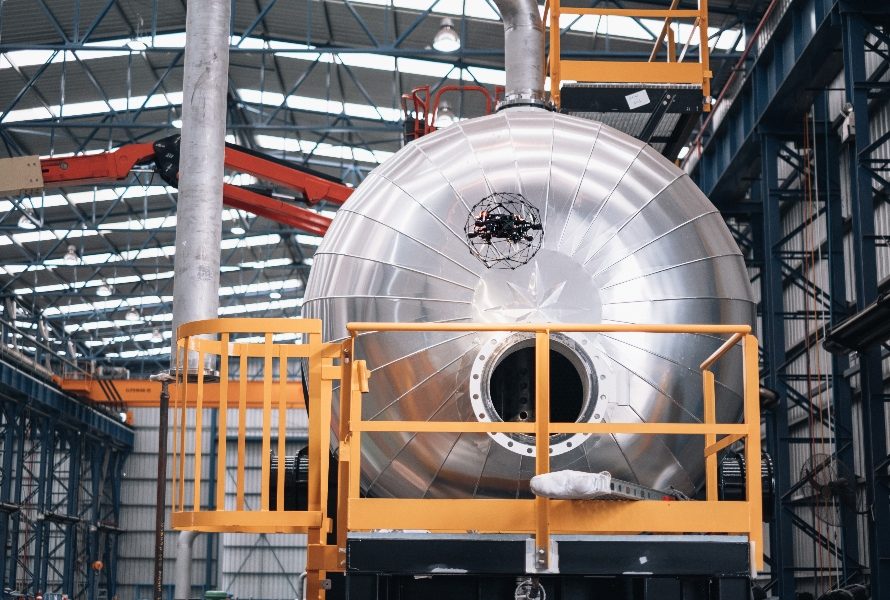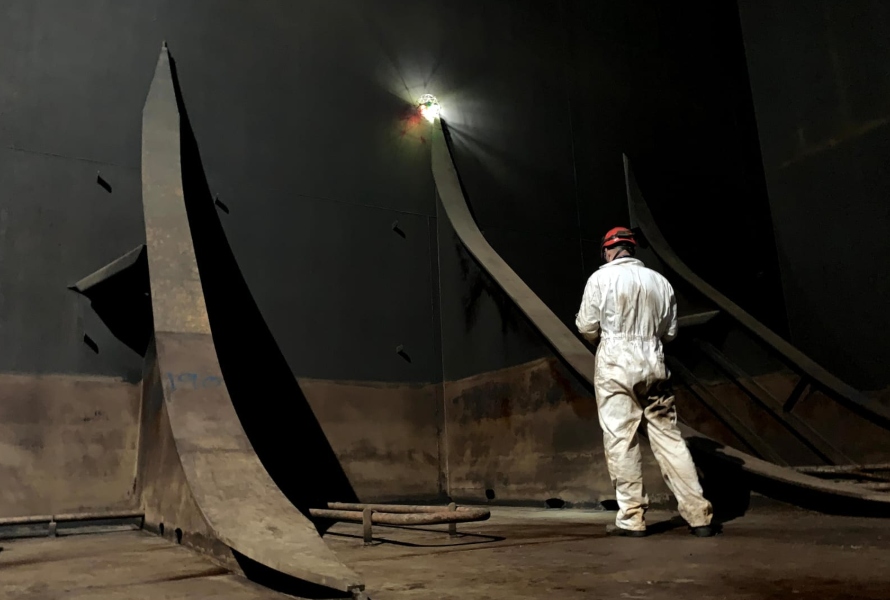Companies are using drones to realize 6 and 7 figure savings in inspections. Here’s how they’re doing it.
When discussing the main benefits of using drones for inspections, saving money is always at the top of the list. But do these savings apply to all industries, or only a few? And how exactly are drones helping companies cut inspection costs?
The answer to the first question is that the savings you can realize by using a drone for inspections apply to almost any scenario where industrial inspections need to be conducted.
Whether the inspection takes place indoors, as in a boiler or pressure vessel, or outdoors, as with power lines or cell phone towers, a drone can collect visual data more quickly and more easily than a person. And this increased speed and ease are big drivers in bringing down the overall cost of the inspection, regardless of its type.
The answer to the second question—how exactly drones help companies cut inspection costs—is covered in the list below, where we dive into all the different ways that inspection drones are helping companies save money today.
1. Reduced Need for Scaffolding
Depending on the scope of the inspection, companies can save tens or even hundreds of thousands of dollars on a single inspection by using drones to reduce—or even eliminate—the need for scaffolding.

The reason for this is simple: scaffolding is a one-use expense for a temporary structure whose sole purpose is to give inspectors something to stand on while they collect visual data inside an asset.
Drones can collect the same visual data remotely, significantly reducing the need for a person to do manual data collection, and thereby significantly reducing the need for scaffolding.
The costs from scaffolding come from three different places:
- Scaffolding materials
- Labor for putting up/taking down the scaffolding
- Extended downtimes for the asset while scaffolding is being put up/taken down
Even in situations where scaffolding is required to collect additional data or to conduct maintenance, using a drone first can help pinpoint where to build the scaffolding, which reduces the materials needed and the overall time spent.
How much can you save?
Here are two case studies that highlight the savings companies have realized by using drones to remove the need for scaffolding.
Oil & Gas—$2 Million saved in an oil cargo tank inspection with the Elios 2
Marine Inspection Services, Ltd helped an oil tanker manager realize huge savings by using the Elios 2 for a cargo tank inspection.
- Materials and labor savings: $400,000
- Reduced downtime savings: $1.6 Million
Total savings: $2 Million
Power Generation—$320,000 saved in a boiler inspection with the Elios 1
Pampa Energia, the largest energy company in Argentina, realized significant savings from a single inspection flight with the Elios 1.
- Materials and labor savings: $30,000
- Reduced downtime savings: $290,000
Total savings: $320,000
2. Reduced Downtimes
Another big driver of savings in using drones for inspections is that they help significantly reduce downtimes for assets. One of the main ways drones reduce downtimes is by reducing the need for scaffolding, which can require a lot of time to set up and take down.
Drones are also quicker at collecting visual data than people, and can help reduce downtimes by speeding up data collection during an inspection.
How much can you save?
As we saw in the two case studies above, downtime reductions can help companies save hundreds of thousands or even millions of dollars. In the first case study, an oil tanker manager saved $1.6 Million by using an indoor drone to inspect a cargo tank.

Here is the breakdown of how that savings was realized:
- Downtime cost = $200,000/day
- Extra downtime required for scaffolding setup/take down = 8 days
Total savings = $1.6 M
3. Reduced Work Hours
Inspection drones can also significantly reduce the overall number of work hours required for inspections, which helps to drive down labor costs.
This labor reduction primarily comes from removing the need for workers to build and take down scaffolding. But since drones can collect visual data more quickly than a person, they can also help reduce the overall amount of hours needed for an inspector to be on-site collecting data.
How much faster is a drone than a person?
Here is a case study that highlights the reduction in work hours that can be achieved by using inspection drones.
Power Generation—470 hours of work saved in a scrubber inspection at a power plant

The Tennessee Valley Authority (TVA) used the Elios 2 for the inspection of a scrubber at one of its power plants to reduce the amount of time required for the inspection by 98%.
- Manual inspection work hours: 280 hours
- Drone inspection work hours: 10 hours
Total work reduction: 270 hours (98% overall reduction)
4. Reduced Insurance Costs
Using drones for indoor inspections can significantly reduce the hazards to inspectors and workers on a site by reducing the need for confined space entry, rope access, or standing at dangerous heights on scaffolding.

By reducing these hazards companies can reduce their liability insurance, helping them realize additional savings.
5. Reduced Need for Health & Safety Equipment
In many inspection scenarios, inspectors are required to wear health and safety equipment while conducting inspections. Removing the need for inspectors to manually collect visual data by using a drone to collect the same data remotely helps reduce the need for this equipment, presenting another way that companies can save money by using drones for inspections.
6. Increased frequency of inspections
Because drones make inspections cheaper, they can also help companies increase the frequency with which they conduct them. Doing inspections more often can help companies identify defects in an asset earlier than they would otherwise. This early detection allows companies to fix potential problems before they develop further, thus extending the longevity of their assets and leading to big savings over time.
Increasing the frequency of inspections is also good for the environment. A study conducted by Boiler Room Consulting found that using drones to increase the number of inspections in a year could potentially reduce CO2 emissions by as much as 649 metric tons a year.
All monetary figures are in US Dollars (US$). This article originally appeared on flyability.com





0 Comments
Leave a comment